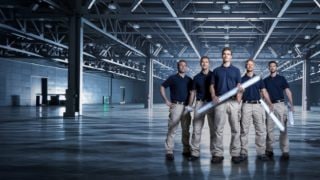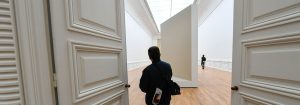Philips is the leading global brand in professional lighting. We provide high-quality energy efficient lamps and luminaires, systems and services.
Browse our product catalogue
Contact and support
General lighting enquiries & complaints (Monday to Saturday 09:00 - 18:00)
000 800 050 7777* (*international toll free number)
A good starting point could be…

Lighting Academy
Lighting Academy offers a comprehensive range of educational resources to advance your lighting knowledge.
The educational lighting materials are provided by world-class lighting experts and professionals. Self-learning has never been easier than it is now. Be brighter by the day!








